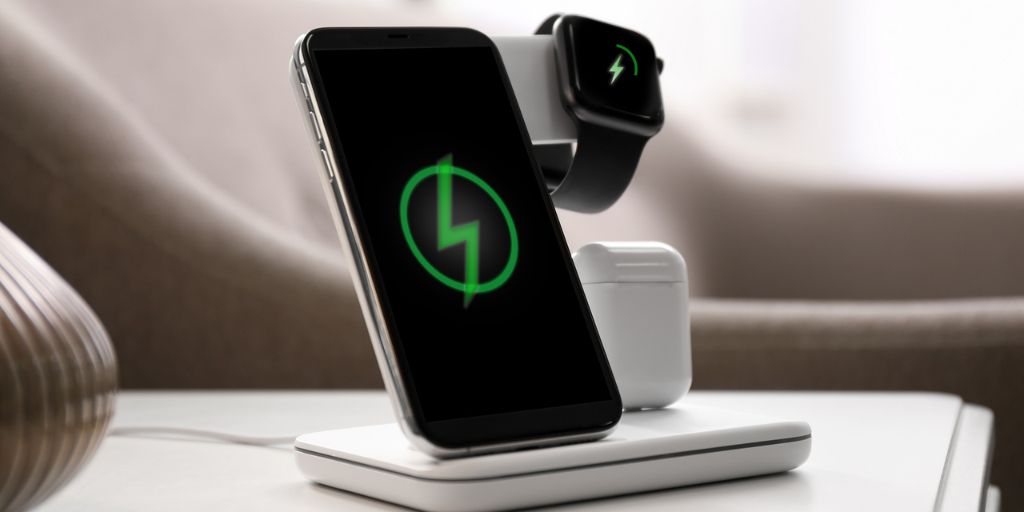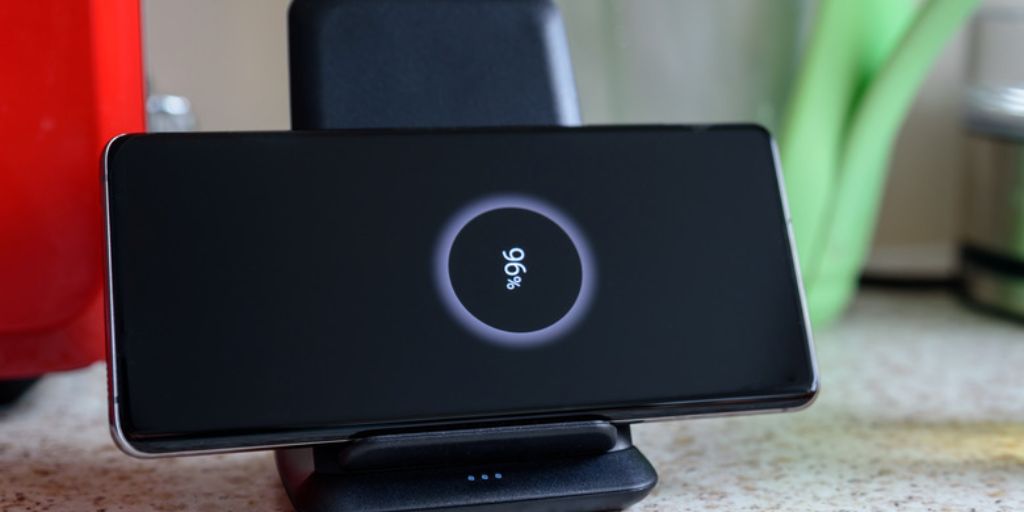Wireless charging has become a mainstream feature in many modern devices, from smartphones to smartwatches. Offering the promise of convenience, reducing wear and tear on charging ports, and cutting down on cable clutter, it’s easy to see why this technology has grown so popular. However, as with any technology, it has its strengths and limitations. In this article, we’ll explore the pros and cons of wireless charging to help you decide if it’s the right fit for your needs.
What is Wireless Charging?
Wireless charging, also known as inductive charging, allows you to charge your devices without physically plugging them in. Instead of using cables, the device is placed on a charging pad or dock that transfers power via electromagnetic fields. This technology, once limited to a few gadgets, is now common in smartphones, wearables, and other devices, making it a convenient and relatively new feature.
The Pros of Wireless Charging
1. Convenience
The most significant advantage of wireless charging is the convenience it offers. With traditional wired charging, you need to plug and unplug your device, often struggling with tangled cables. Wireless charging removes this hassle. Simply place your phone or device on a charging pad, and it begins charging without the need for plugging in cables.
This is especially useful in environments where you are constantly using your phone or device, such as your desk, kitchen counter, or bedside table. You can charge your device while working, eating, or relaxing without being confined to a cable.
2. Reduced Wear and Tear
Wired charging requires frequent plugging and unplugging, which can cause wear and tear on both the cable and the device’s charging port. Over time, this can lead to broken cables or damaged charging ports, resulting in costly repairs. Wireless charging eliminates this issue, as there’s no need for a physical connection. As long as the device is correctly placed on the charging pad, it will charge without putting stress on the port.
This feature extends the lifespan of your charging accessories and device, making it a long-term benefit.
3. Decluttered Space
A major drawback of wired charging is the clutter it creates. Charging cables tend to pile up, creating messes in various parts of your home. Whether on your desk, bedside table, or living room, cables are often an eyesore and can be frustrating to manage.
Wireless charging pads offer a minimalist solution to this issue. You no longer have to worry about tangled wires or constantly searching for a cable. The charging pad provides a sleek and organized setup, helping to keep your space tidy. In some cases, wireless chargers can even serve as part of your home decor, blending seamlessly with your environment.
4. Multiple Device Charging
Some wireless charging pads allow you to charge multiple devices simultaneously. For example, a single wireless charging station can handle your smartphone, smartwatch, and wireless earbuds at once. This makes it easy to keep all your devices powered up without needing separate cables for each one.
This feature is ideal for people who own several devices that support wireless charging, as it consolidates charging into one convenient location.
5. Battery Longevity
Wireless charging can help protect the longevity of your device’s battery. Many wireless chargers automatically stop supplying power once the device is fully charged, preventing overcharging. This feature reduces the risk of damaging your battery by keeping it from staying plugged in too long, a common issue with wired charging.
Additionally, the charging pad often adapts to the device’s power needs, ensuring that it only delivers the right amount of energy. This gradual approach to charging can be gentler on the battery, potentially extending its overall life.
The Cons of Wireless Charging
1. Slower Charging Speed
One of the main drawbacks of wireless charging is that it is typically slower than wired charging. While wired chargers can deliver higher power levels, enabling faster charging, wireless chargers often lag behind in terms of speed. This can be frustrating if you need to quickly power up your device.
For instance, a device that charges at 15W with a wired charger might charge at only 5W or 10W wirelessly. In cases where you need a fast charge, wired charging is still the better option. Although some fast-charging wireless chargers have emerged, they are still not as quick as their wired counterparts.
2. Alignment Issues
To charge your device wirelessly, it needs to be placed in the right position on the charging pad. If the device is not aligned properly, it may not charge at all, or it could charge slowly. This can be an inconvenience, especially if you are in a hurry or if the charging pad does not provide any feedback about the alignment.

Some wireless chargers come with features to help with alignment, such as visual indicators or auto-aligning capabilities, but these features may not be available on all models. It’s important to ensure that your device is placed correctly to avoid interruptions in charging.
3. Higher Initial Costs
While wireless charging pads have become more affordable in recent years, the initial cost can still be higher than traditional wired chargers. Wireless charging accessories can sometimes cost more than a standard charging cable, and if you need several chargers for different devices, the total cost can add up.
In some cases, you might also need to purchase additional adapters or cases for devices that don’t natively support wireless charging. While the costs have come down over time, the initial investment may still be higher compared to a simple wired charger.
4. Heat Generation
Wireless charging generates more heat than wired charging, especially when higher power levels are used for fast charging. This excess heat can cause your device to become warm during the charging process. If the heat isn’t managed well, it could potentially affect the longevity of your device’s battery or cause the charger to shut off as a safety measure.
Some wireless chargers come with built-in cooling systems to mitigate this issue, but it’s something to keep in mind when choosing a wireless charging pad. Excessive heat could be a problem if you frequently use wireless charging for extended periods.
5. Limited Compatibility
While wireless charging is becoming more common, not all devices support it. Many older smartphones, tablets, or accessories don’t have built-in wireless charging capabilities. Additionally, manufacturers may use proprietary technologies, which means that some devices may only work with specific chargers.
If you own devices that don’t support wireless charging, you’ll either need to buy new gadgets or invest in wireless charging adapters. This can be a barrier for those who want to upgrade but don’t want to replace all their existing devices.



